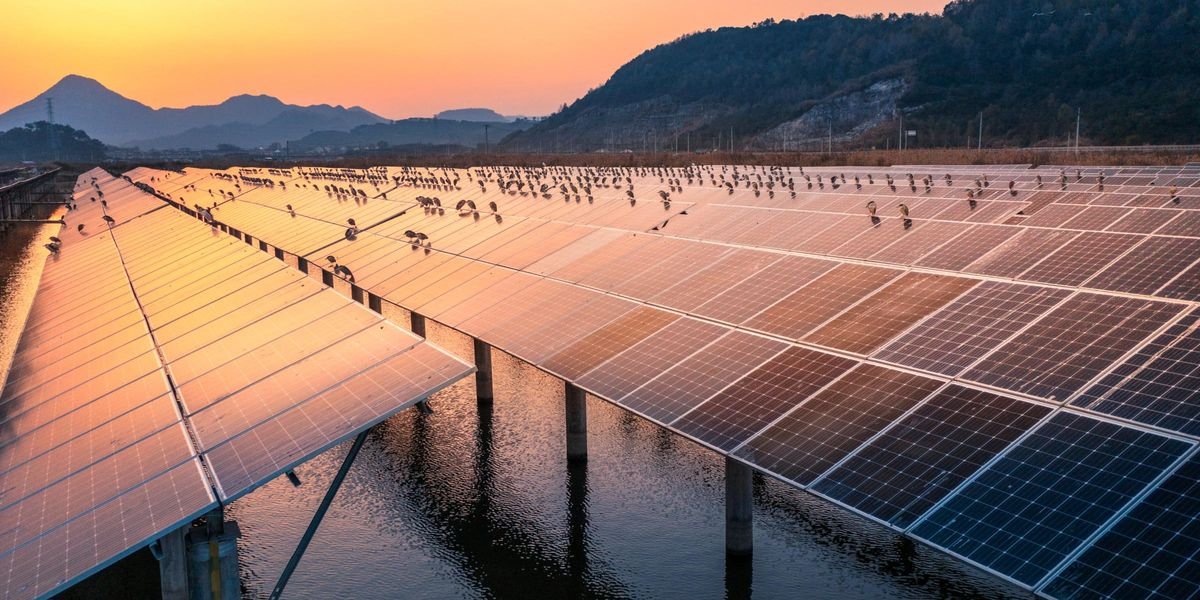Jennifer Granholm highlighting the successful laser based fusion experiment
For several years now, in a number of posts, I've warned readers to avoid the easy lure of being mesmerized by hype in the media about any purported 'remarkable' scientific breakthrough or phenomenon, from "seeing the first black hole" (nope, only the event horizon) to nuclear fusion, e.g.
But in a way the hype is understandable, because we all want a quick reset on many levels, especially a breakthrough away from fossil fuels. That is why it wasn't surprising to see Neil deGrasse Tyson almost giddy with delight yesterday morning on CBS babbling about the prospect of nuclear fusion power. This after the actual attainment of a net energy gain from an experiment at Lawrence Livermore Lab. But the goodly astrophysicist at Hayden Planetarium didn't go on to remind viewers this was merely the first ignition goal surmounted. He left out noting that commercially operating plants are still decades away. Yeah, decades! Time to get real.
On ALL In last night, therefore, it was at least gratifying to see Kim Budil, Director of LLNL reminding people this test was only "one capsule at one time" and the first of "multiple ignition trials". Then saying: "This could pave the way in a few decades for the first fusion power plants." But even those will not likely be the same as the laser directed form. She admitted the magnetic containment form (which I discussed in my October 28 post, link above) is actually further along, so it is more plausible it will arrive before the laser-based fusion.
Speaking of which, the basic layout of the experiment is shown in the graphic below, from the Lawrence Livermore Lab:
Basically, the researchers simultaneously fired 192 lasers into a centimeter -long gold cylinder called a hohlraum. The combined laser energy then heated the hohlraum to roughly 3 million Celsius, effectively bathing a peppercorn-sized pellet inside in x-rays. That x-radiation then stripped the surface off of the pellet, triggering an implosion and causing deuterium and tritium to fuse. This fusion reaction can be written:
D + T → He + n -> 17.6 Mev
So far, so good. Especially good is the fact that while 2.05 MJ of laser energy was pumped into the system, 3.15 MJ came out. A whopping success of 50 percent net gain in energy. Of course, left out of all the usual hype - including from DeGrasse Tyson and Michio Kaku (on CBS) was the fact that approximately 300 megajoules was required to first power up the lasers. Should this not be factored in? Well, I think it's at least fair to point out the actual net gain is probably less than a fraction of a MJ if one factors in the pre -operation energy boost which is some 100 times greater than the net energy gain generated.
Oh, one other point: The National Ignition Facility lasers were able to fire up about once a day, but an actual laser-based power plant would have to operate at ten times per second with the same energy capacity. Think about that, and the order of magnitude difference.
So yeah, the laser experiments were impressive and the net gain praiseworthy for sure. But don't look for fusion energy anytime soon, by which I mean before about 2050 at the earliest!
See Also:
by Brian Tokar | December 28, 2022 - 8:18am | permalink

Excerpt:
In a dramatic scientific and engineering breakthrough, researchers at the Bay Area's Lawrence Berkeley Laboratory recently achieved the long-sought goal of generating a nuclear fusion reaction that produced more energy than was directly injected into a tiny reactor vessel. By the very next day, pundits well across the political spectrum were touting that breakthrough as a harbinger of a new era in energy production, suggesting that a future of limitless, low-impact fusion energy was perhaps a few decades away. In reality, however, commercially viable nuclear fusion is only infinitesimally closer than it was back in the 1980s when a contained fusion reaction—i.e. not occurring in the sun or from a bomb—was first achieved.
While most honest writers have at least acknowledged the obstacles to commercially-scaled fusion, they typically still underestimate them—as much so today as back in the 1980s. We are told that a fusion reaction would have to occur "many times a second" to produce usable amounts of energy. But the blast of energy from the LBL fusion reactor actually only lasted one tenth of a nanosecond—that's a ten-billionth of a second. Apparently other fusion reactions (with a net energy loss) have operated for a few nanoseconds, but reproducing this reaction over a billion times every second is far beyond what researchers are even contemplating.
We are told that the reactor produced about 1.5 times the amount of energy that was input, but this only counts the laser energy that actually struck the reactor vessel. That energy, which is necessary to generate temperatures over a hundred million degrees, was the product of an array of 192 high-powered lasers, which required well over 100 times as much energy to operate. Third, we are told that nuclear fusion will someday free up vast areas of land that are currently needed to operate solar and wind power installations. But the entire facility needed to house the 192 lasers and all the other necessary control equipment was large enough to contain three football fields, even though the actual fusion reaction takes place in a gold or diamond vessel smaller than a pea.
And:
Hold the Nuclear Fusion Hype - WSJ
And:


No comments:
Post a Comment